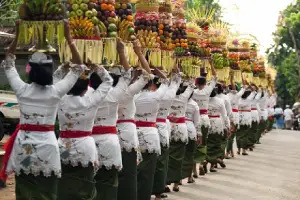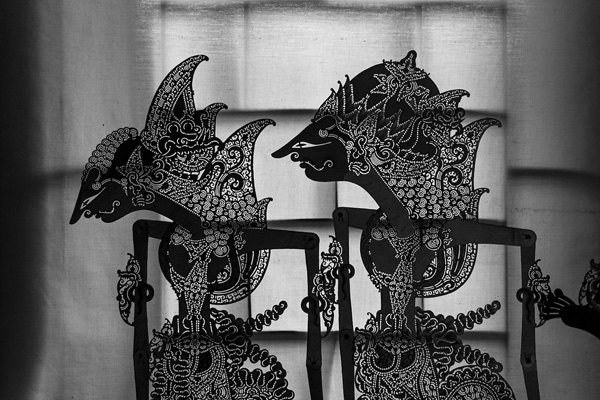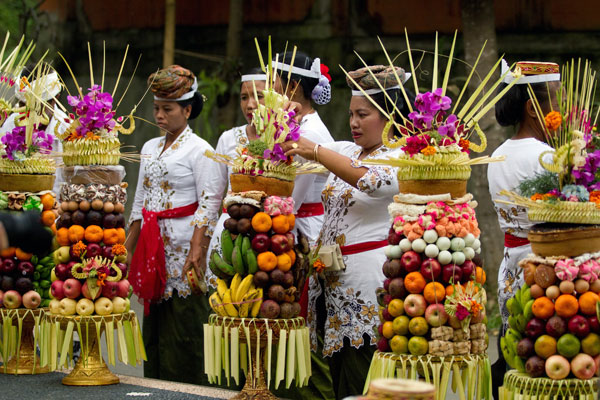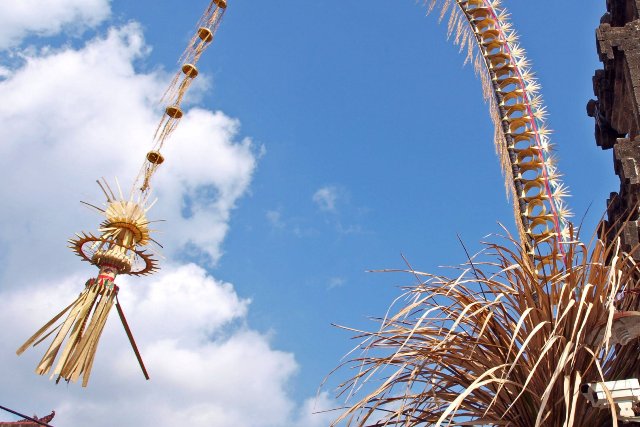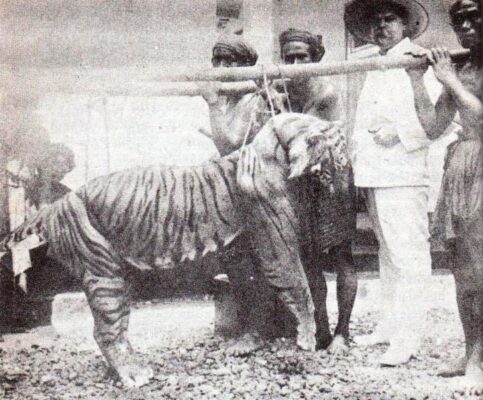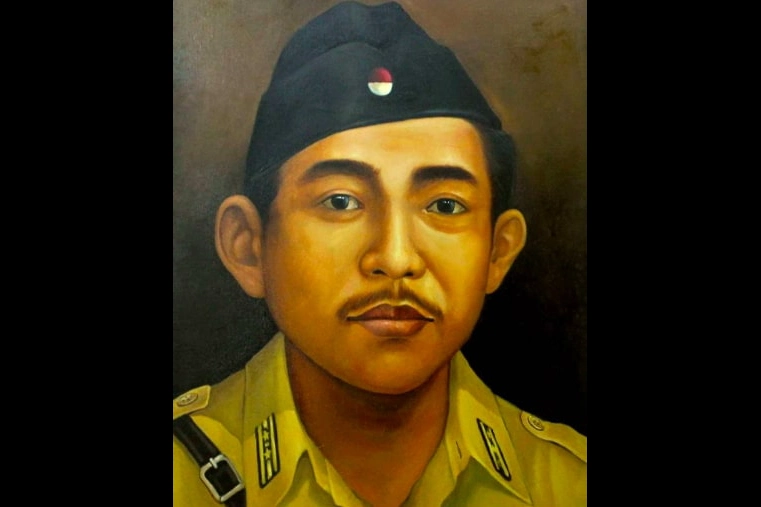Things to Do in Bali
The History of Indonesia’s iconic Wayang Kulit
If you’ve never seen a Wayang Kulit shadow puppet play, they’re theatrical tales that depict myths, including scenes from Hindu epics like the Ramayana and the Mahabharata, as well as other folklore interpretations. Even today, these shows are must-see cultural attractions that can be found throughout Java and Bali.
The Wayang Kulit shadow puppets are made of flat leather, painted and braced onto sticks, and performed behind a stretch of white cloth. The sticks are used to move the puppets’ arms, legs, and sometimes even their jaws. A single puppet may take a few weeks to make, whereas the entire set for a long story, which may include hundreds of characters and background puppets, may take years to complete.
In Java, their performances are used in prayer rites (held in Balinese temples) and celebration ceremonies. Gender wayang, a regional style of gamelan playing, is performed alongside Balinese theater productions of the wayang performance. Wayang performances with spiritual themes are highly valued by Balinese Hindus.
Behind the screen, there is a full cast of performers, including a dalang, the puppet master; two ketekong, who sit on the right and left sides of the dalang; and four gamelan players. They must not only be able to perform quickly with dozens of characters (125-130 wayang) in a story, but they must also be able to craft their own sets, be fluent in Javanese Kawi language, have a wide vocal range, great musical senses, and great showmanship to bring the puppets to life within the story.
What happens during a Wayang show?
The show begins when the Dalang lights a kerosene lamp known as a petromax, which is followed by a prologue of the story that is delivered along with the appearance of a narrator, called the kayon (a puppet describing places or events on each scene), indicating the beginning of a story and the changing of the settings later in the show.
When a character in a puppet show doesn’t have any lines, they’ll stick their stick into the banana trunks that serve as the stage floor. Once a character, however, is given a line, the dalang will act it out by pulling strings connected to the puppets’ arms and legs. The assistant to the dalang’s right will pass the new characters that will emerge on the screen, while the other assistant to the dalang’s left will gather puppet figures that will no longer appear in the following scene.
According to the narrative of the episode, each scene in the program will be accompanied with gamelan music that details the atmosphere of each scene. Energetic music in the beginning or anytime something exciting happens. Violent music during battle scenes; and melancholic music during a tragic moment. Some performances could go on to last three to six hours, depending on the sort of event.


















